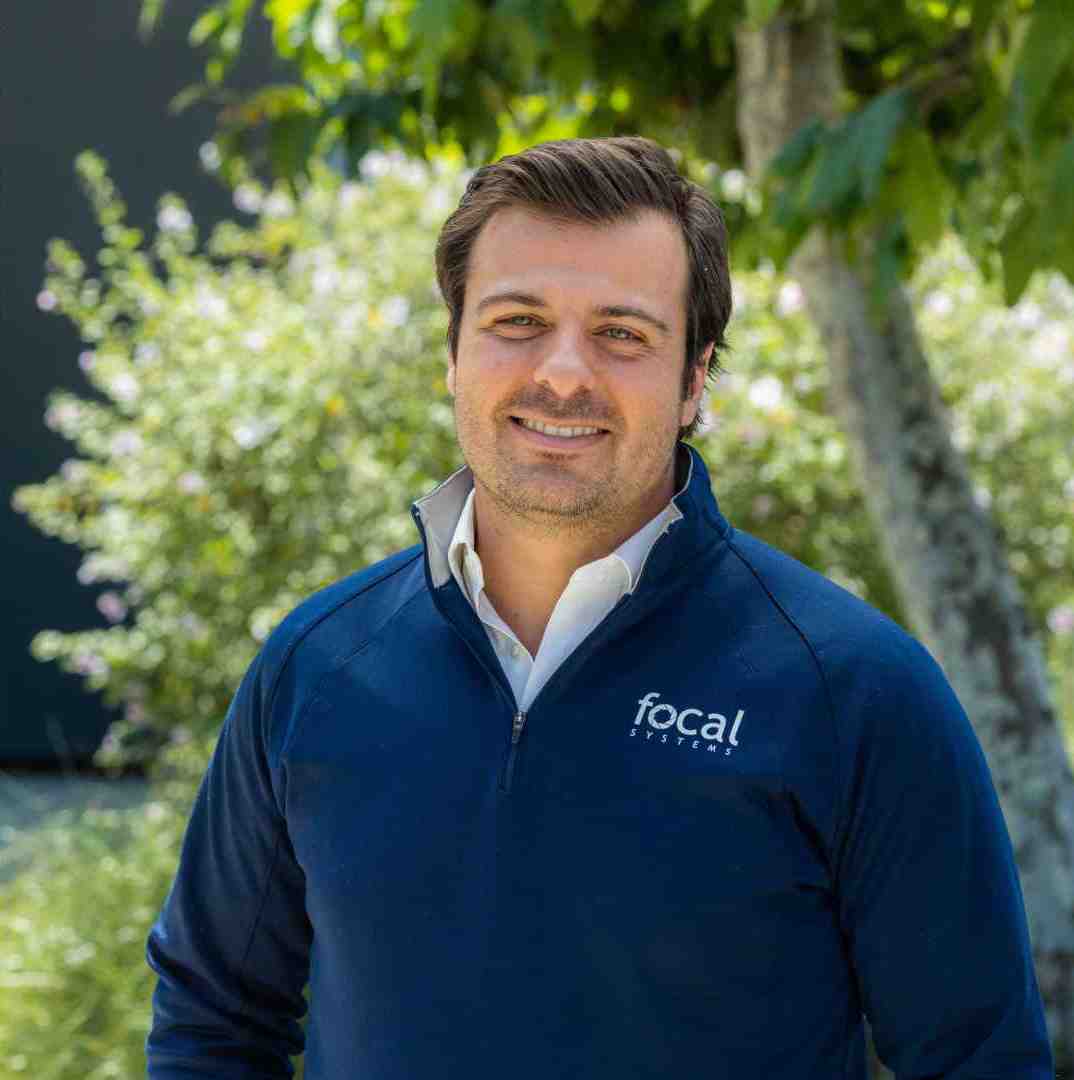
Welcome to 2023. We have ChatGPT that can write poems, press releases, and legal docs far better than 99% of the population. We have DALL-E and Stable Diffusion that can draw and paint far better than 99% of the population. And in retail, where we have AI that can order better, planogram better, perform loss prevention better, manage shrink better, and schedule labor better than 99% of the population.
This is quite an exciting time to be alive honestly. Never before has AI proven so much promise.
Retail has been fraught with huge challenges over the last decade, the last three years in particular. Chief among these is labor. The issue hits on two fronts.
On one hand, there is a massive labor shortage. This leads to problems across the board with supply chain disruptions to long lines at the register. A lack of stockers means more workable out-of-stocks that could be filled, but instead the inventory just sits in the back. As the available pool of workers diminishes, opportunities for profit go with it.
On the other hand, the cost of labor is only increasing. With new locally-enforced minimum wage laws and the market growing more competitive, labor costs will continue to rise and consume whatever profits a store has.
In short, retailers will need to achieve more with a smaller workforce to maintain or grow their profit margins.
Serendipitously, as mentioned in the beginning of the article, AI has just hit its stride, and is only getting even more powerful. So AI can and should be leveraged to cull the gap!
However, for retailers to adopt AI, they will need a meaningful change in thinking. What needs to happen now is a dramatic change in the way retail is performed, thinking AI first, instead of labor and process first. Historically, Brick and Mortar retail has been one of the slowest adopters for new technology, holding out a select few. The retail sector at large needs to transition to adopt this new approach that is centered around the power of AI.
AI will be the focus of the next decade, just as e-commerce has been the focus of the last decade. The true retail revolution will occur in the coming years.
Let’s discuss the benefits first. To begin, AI is the perfect employee. It’ll never call out sick or come to work with a hangover. It’s always present and constantly optimizing itself to fulfill its objective function. This alone is a feat no human is capable of, our bodies need rest, but an AI is always awake. No human is 6 sigma. But AI can be and very often is.
In addition to filling the gap, AI can actually improve the quality of service while reducing costs by 10-20x. AI can detect patterns and key data points that the human mind misses. And finally, one “lesson” learned in one store, like seeing the impact of an additional labor hour scheduled in the afternoon, can instantly be applied to all stores within a day without any human in the loop.
Not only does AI fill in the void, it also actively enhances a store's profits.
We may have thought that the pandemic years caused the greatest shift in the retail industry. My prediction is that the true revolution will occur in the coming years. 2023 will be marked by increased labor costs even as labor shortages hold fast. This will necessitate AI adoption, which mandates a complete paradigm shift in thinking of retail leadership.
AI will be the focus of the next decade, just as e-commerce has been the focus of the last decade. Rest assured it will be a wild ride. I am just excited that I get a front row seat!




Francois Chaubard is the CEO of Focal Systems, a deep-learning computer vision company focused on automating brick-and-mortar retail. Prior to founding Focal Systems, Chaubard worked at Apple as a deep learning researcher on secret projects. Before that, he attended Stanford University as a dual masters in CS and EE where he researched deep learning and computer vision under Fei Fei Li, the Director of the Stanford Artificial Intelligence Lab (SAIL) at Stanford University. There he created and taught 2 courses: CS231m: Mobile Computer Vision and CS224d: Deep Learning for NLP. He was also the TA for Stanford's famous Machine Learning course CS229: Machine Learning. Before that, he was a missile guidance algorithm researcher at Lockheed Martin building the next generation of the U.S. AEGIS Ballistic Missile Defense System. Before that, he received a bachelor's from University of Delaware in Mathematics and Mechanical Engineering.